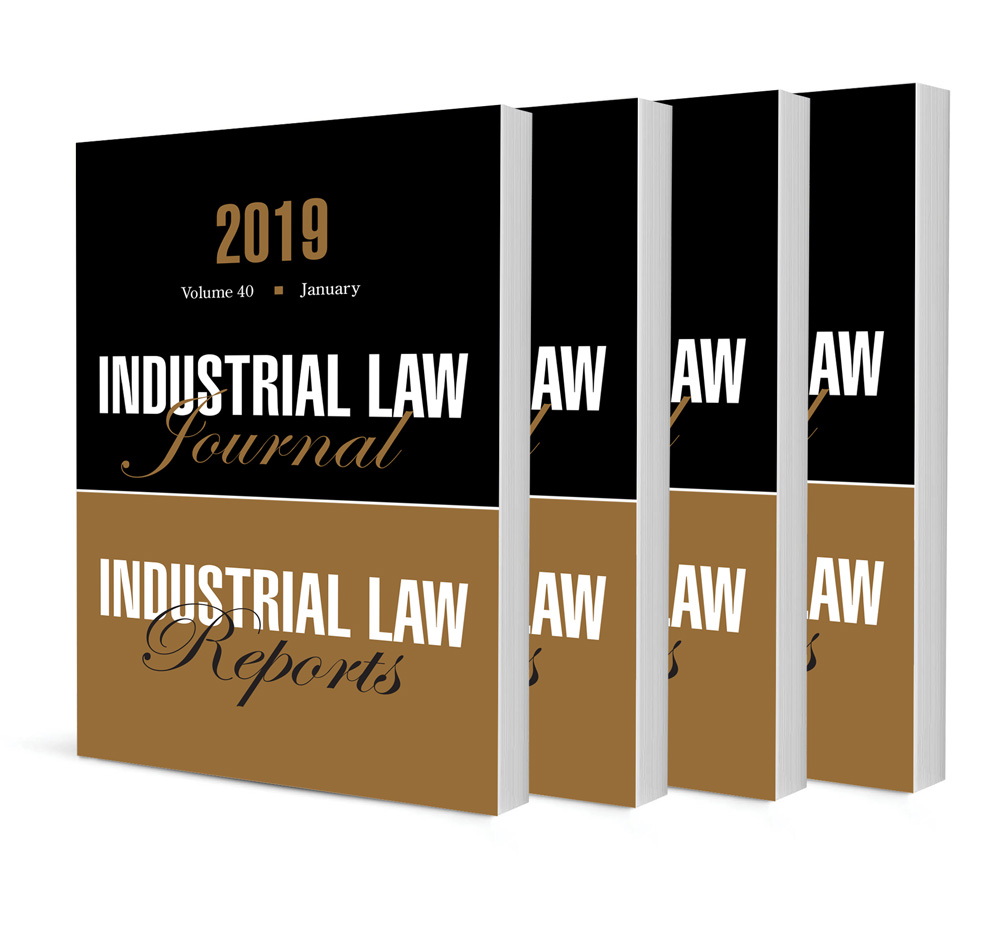Case Note: The Lock-out as a Tool for the Business Rescue Practitioner: The Airline Pilots’ Association of South Africa Judgment

Case Note: The Lock-out as a Tool for the Business Rescue Practitioner: The Airline Pilots’ Association of South Africa Judgment
Authors Stefan van Eck & André Boraine
ISSN: 2413-9874
Affiliations: Professor of Labour Law, University of Pretoria; Professor of Insolvency Law, University of Pretoria, Director of the Unit for Insolvency and Business Rescue Law
Source: Industrial Law Journal, Volume 41 Issue 3, 2021, p. 1390 – 1404
Abstract
The South African Airways was placed under business rescue in December 2019. The appointed business rescue practitioners (BRPs) sought to terminate a collective agreement between the SAA and the pilots’ trade union. Negotiations failed and the BRPs commenced with a lock-out. The court considered the provisions of the Companies Act and Labour Relations Act and concluded that the lock-out was a legitimate negotiating tool during business rescue. The authors question whether these Acts are appropriately aligned and they opine that the general principles pertaining to collective bargaining may not serve the aims of expeditious business rescue proceedings in all circumstances.